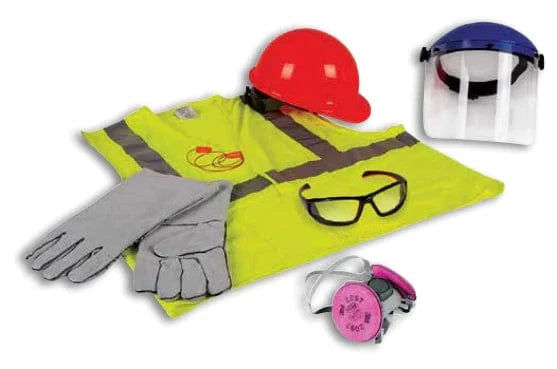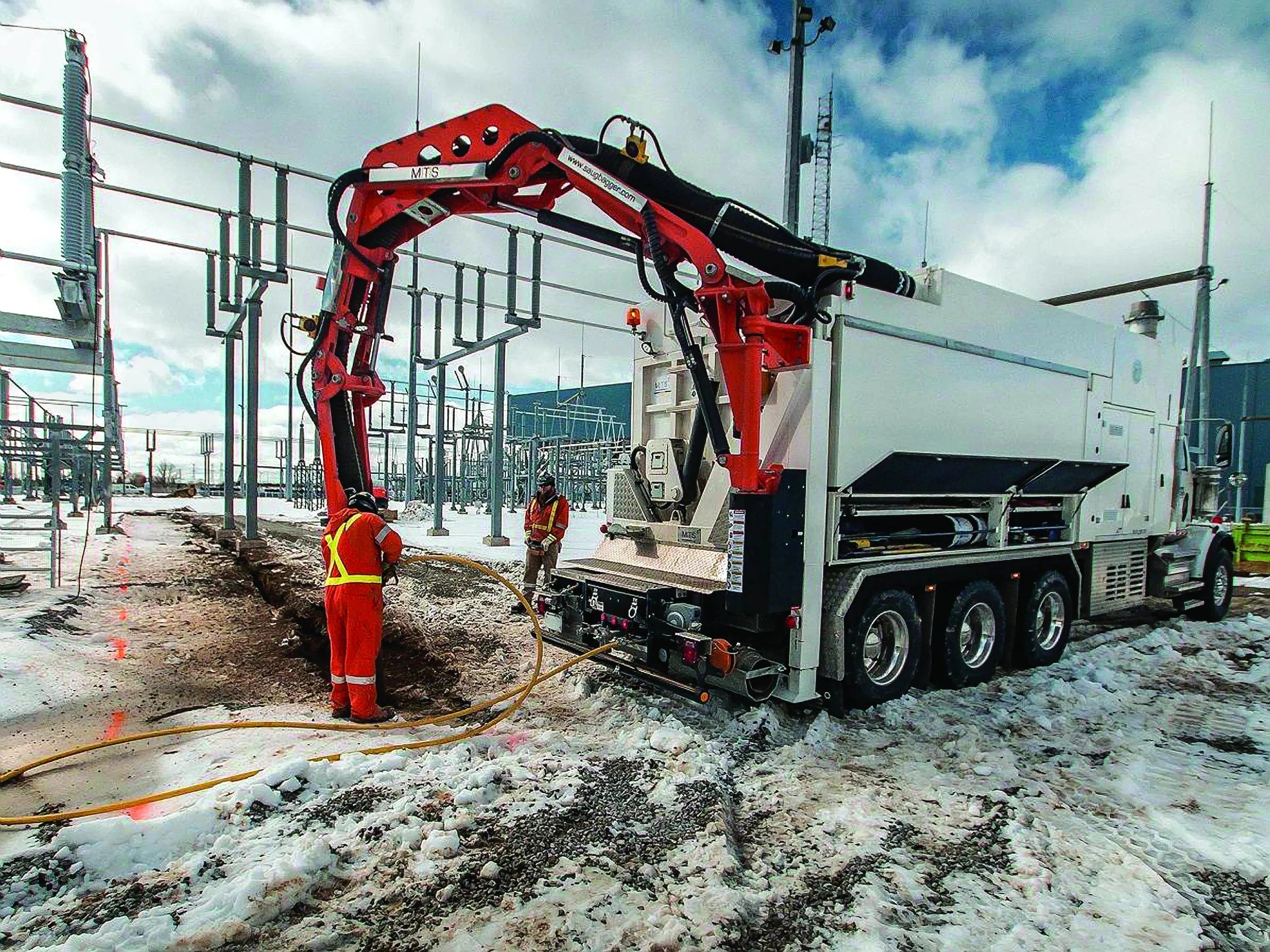OSHA 1926 Subpart P spells out safety requirements for excavation and trenching operations. These include measures to protect workers from cave-ins, falls, hazardous atmospheres, and underground utility-line strikes.
OSHA’s 2015 “Trenching and Excavation Safety” guide highlights key elements of this standard, and recommends that employers emphasize the following safe work practices to minimize the risk of injuries:
- Locate underground utilities before digging.
- Keep excavated spoil and work materials at least 2’ from trench edges.
- Keep heavy equipment away from trench edges.
- Identify equipment or activities that could affect trench stability.
- Test for low oxygen, hazardous fumes, and/or toxic gases in trenches more than 4’ deep.
- Inspect trenches at the start of each shift, following rainstorms or other water intrusion, or after occurrences altering trench conditions.
- Ensure that personnel wear high-visibility clothing when working near vehicular traffic.
Additional recommended safety practices when operating the Utility AirSpade:
- Wear personal protective equipment including:
- Cut and puncture resistant gloves
- Safety glasses with side shields and/or face protection complying with ANSI Z87.1-1989
- Earplugs or earmuffs providing noise-reduction > 20 decibels.
- Wear electrically insulated footwear, insulated gloves, and employ rubber ground mats where appropriate when working near underground high-voltage electric lines.
- Wear respiratory protection when working in extremely dusty conditions.
- Ensure that personnel are aware the Utility AirSpade is in use.
- Protect adjacent surfaces and personnel from flying rocks or soil with drop cloths, screens, or barriers.
- Check the tool for loose or damaged parts. Tighten, repair, and/or replace as necessary.
- Inspect air hoses for leakage, kinks, abrasion, or other signs of wear or damage. Replace if necessary.
- Check that the air compressor is delivering 90 psi to the Utility AirSpade.
- Anticipate that use of the 45-degree angled adaptor produces a force opposite the exiting compressed air. Grip the barrel tightly and brace accordingly.


To learn more about the use of compressed air-powered excavation for utility/construction work, see the full Utility Technical Applications Bulletin.
